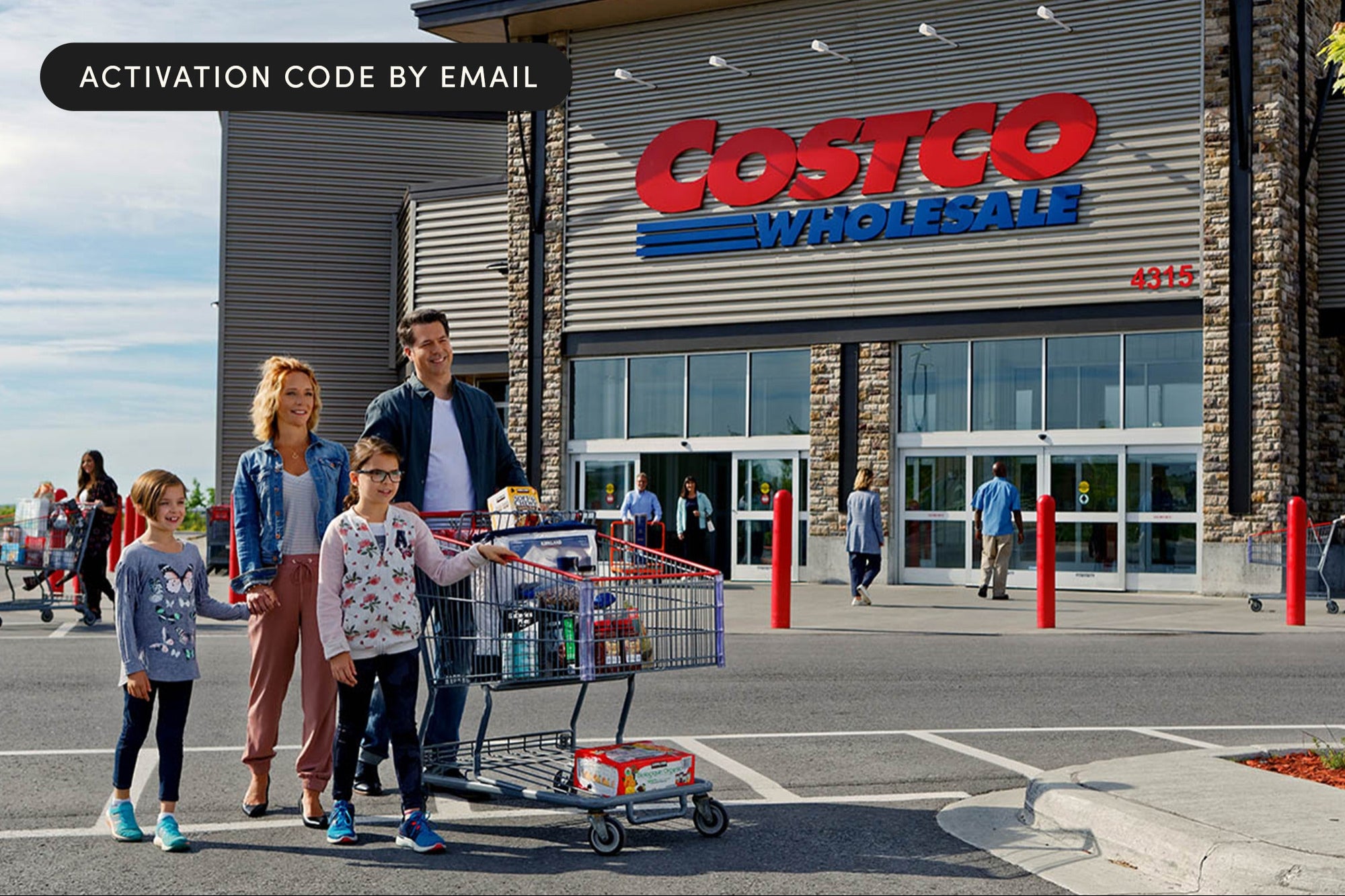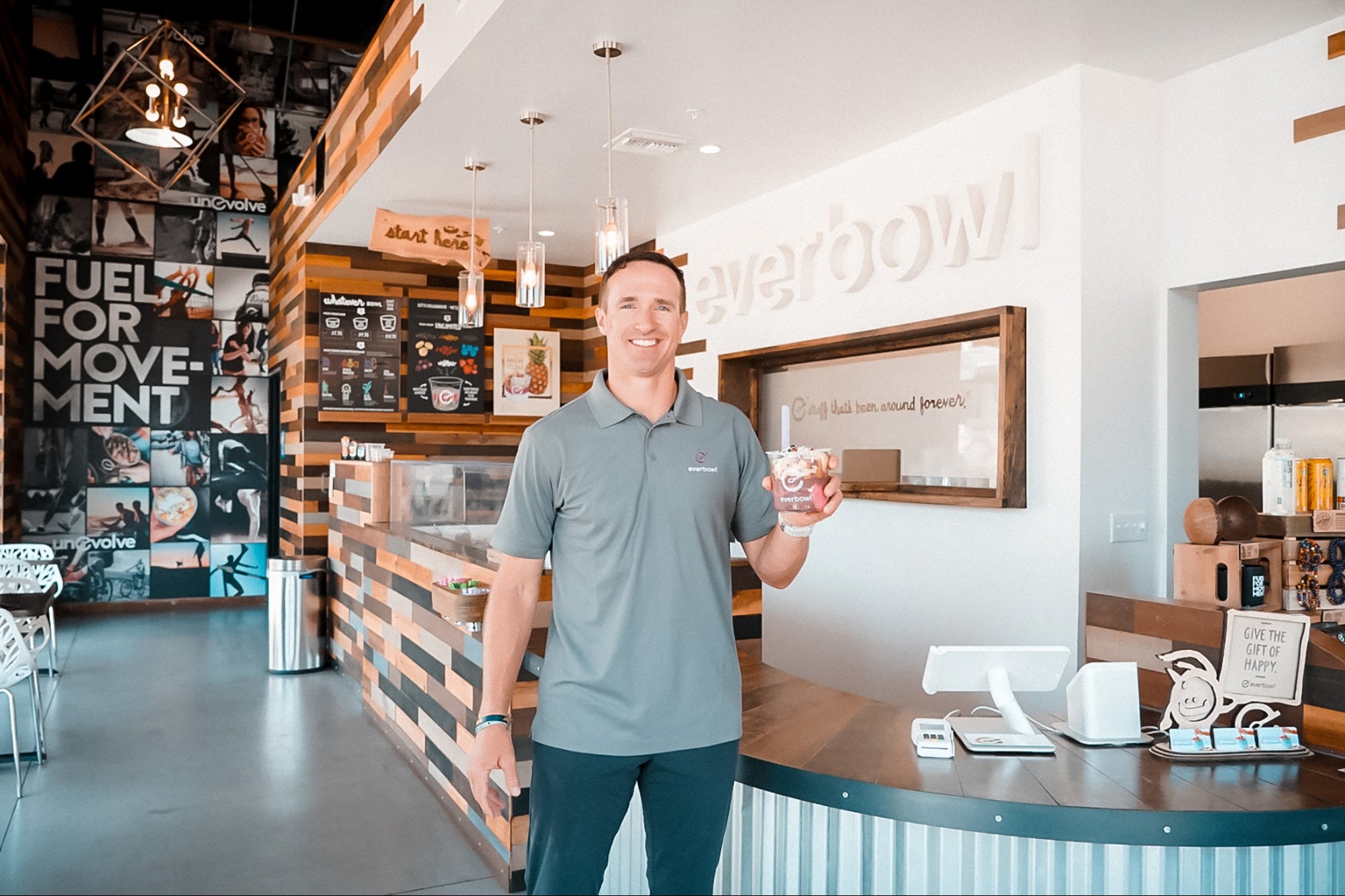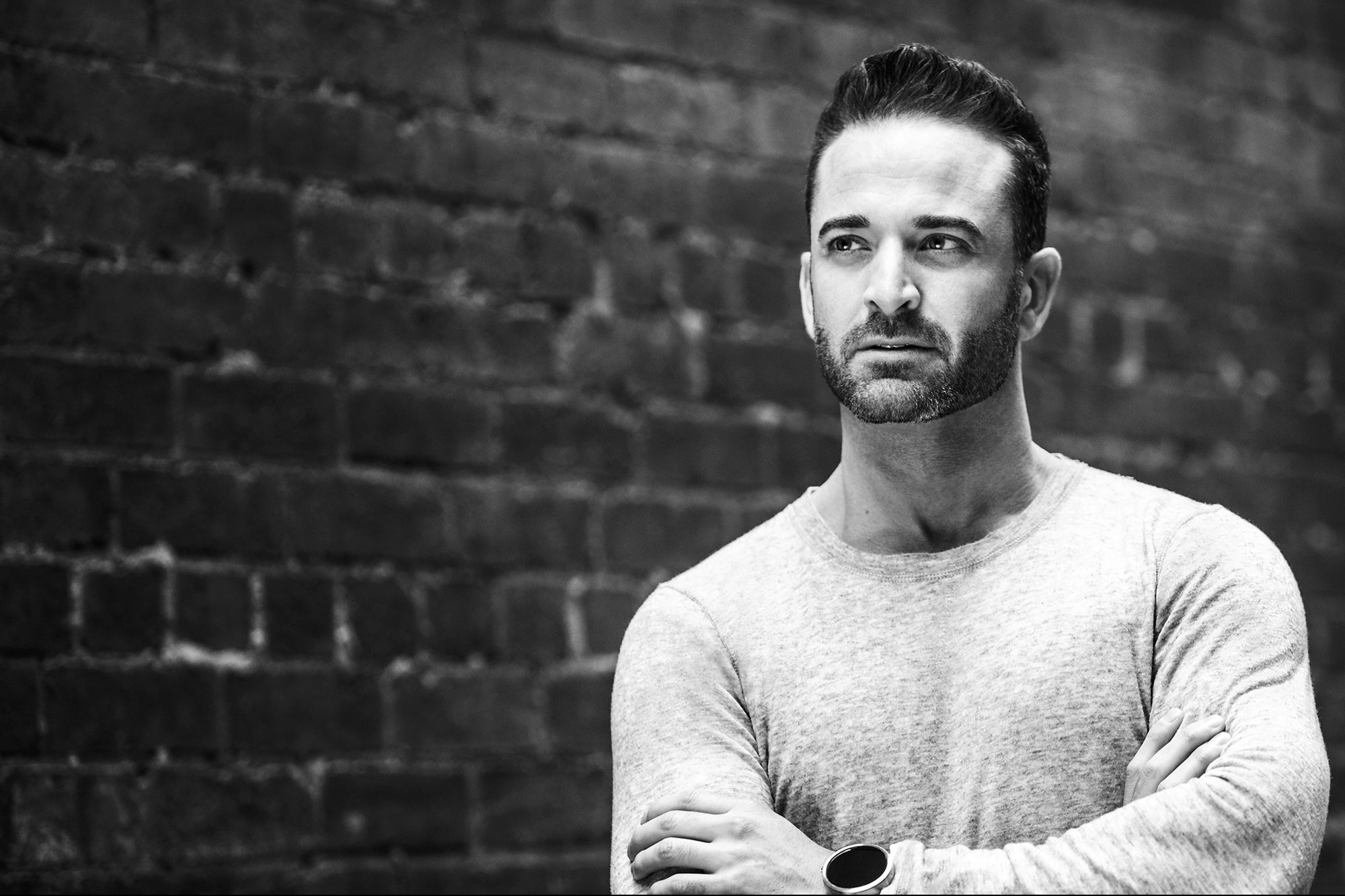Worried About the Market? Here's How Warren Buffett, Ray Dalio, and Harvard University Protect Their Portfolios Three asset allocation recipes that can keep your investments steady.
By Nicole Lapin Edited by Jason Feifer
Opinions expressed by BIZ Experiences contributors are their own.

The consumer confidence index fell by 7 points this month, marking the largest drop since August 2021. In layman's terms? Americans are worried about the economy.
You might be worried too — but you don't have to worry about your own micro-economy. Just take the reins of your investment portfolio. Here are three asset allocation recipes, which I detail in my book The Money School, that are designed to keep your investments holding steady regardless of the greater economic environment.
1. The Warren Buffett Portfolio
They don't call him the Oracle of Omaha for nothing. His investing philosophy is smart yet simple. This portfolio only has two different assets!
Buffett reportedly outlined his target portfolio breakdown in instructions for his wife and their trust for when he dies: "Put 10 percent in short-term government bonds and 90 percent in a very low-cost S&P 500 index fund. (I suggest Vanguard's.) I believe the trust's long-term results from this policy will be superior to those attained by most investors—whether pension funds, institutions, or individuals—who employ high-fee managers."
It sounds a little corny, but it's true — Buffett really believes in America. He is confident that over the long haul the U.S. economy will grow and thrive. By investing in an S&P 500 index fund, he's making a bet that his family will benefit from the growth, dividends, and stock buybacks of the top 500 companies in the US. By investing in Treasuries, he's betting on the American government. This method has historically proven successful, as the S&P 500 has delivered an average annual return of around 10% over the long term, despite some nasty weather along the way. Buffett's allocation is designed for long-term investors who can ride out market volatility and are looking for a "buy and hold" strategy.
2. The Ray Dalio Portfolio
Ah, behold the famous "all-weather portfolio." This model was first introduced by Ray Dalio, the hedge fund manager behind Bridgewater Associates, the world's largest hedge fund. With billions under management he is widely considered one of the most successful investors of our time. When Ray talks, investors listen. He keeps the recipe for his secret sauce hidden, and it isn't easily duplicated on a personal level. But here is a rough formula that Dalio says the individual investor could easily use to mirror the results of the All-Weather Portfolio: 7.5% commodities, 40% long-term bonds, 7.5% gold, 15% intermediate-term bonds, 30% stocks.
This mix is all about covering all your bases to benefit from whatever economic conditions come your way, whether that's a bull market, a bear market, inflation, or deflation; this portfolio has actually "weathered" all of those economic seasons over time. When historically back-tested, this portfolio made money 85 percent of the time. It also would have lost "just" 20 percent during the Great Depression, while the S&P 500 lost 65 percent. In some of the other big market drops (1973 and 2002), Dalio's construction actually made money while the market suffered.
3. The Endowment Portfolio
Big name schools like Yale and Harvard manage massive funds or "endowments" and they don't hire dummies to do it. But there aren't any fixed percentages for this one. This is about mindset, more than a set formula. It's about thinking beyond the traditional stock and bond mix with more alternative assets such as private equity, real estate, and hedge funds. The goal is to achieve long-term growth while lowering risk from the volatile stock market.
The financial whiz David Swensen of Yale's epic endowment gave some insight into the mix they use to consistently outperform other investment strategies. When Swensen first took over the fund was mostly U.S equity, bonds, and cash. Under his stewardship the Yale endowment has grown to the second largest in the country with a value of over $40 billion. In roughly largest to smallest percentage of the portfolio it consists of: Absolute return (short term investments like options that focus on generating profits), Venture capital, Leveraged buyouts, Foreign Equity, Real Estate, Cash and fixed income like bonds, Natural Resources and U.S. Stocks.
The endowment model has historically been successful for several reasons, but namely by being so diverse it's shielded against big losses. Even if you get an F in one class, as long as you get an A in the rest - after four years your GPA will recover. That's how this portfolio works too. By investing in asset classes with low correlation to one another, the portfolio can weather different economic conditions better than a traditional stock/bond portfolio might. For instance, during periods when the stock market is down, real estate or hedge funds might still do well, cushioning the portfolio against large swings.
Taken and adapted from The Money School: 12 Simple Lessons to Master Financial Markets and Investing by Nicole Lapin. Copyright © 2025 Nicole Lapin. Used by permission of HarperCollins Leadership, an imprint of HarperCollins Focus, LLC.










